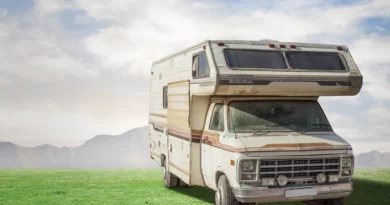3 Must-Know Deck Safety Tips

Thousands of decks have been built either by do-it-yourselfers or by contractors who are not familiar with the latest deck building codes or are looking to cut costs. In fact, most deck icons have changed in recent decades; If you own or plan to purchase a home over 10 years old, there may be safety concerns on your deck. The floors attached to a single-family detached house are organized according to the rules of international residence law.
According to the Consumer Product Safety Commission's National Electronic Injury Surveillance System, 224,000 people have been injured nationally due to a deck or balcony collapse. Approximately 15 percent of these injuries resulted from structural failure or collapse. For example, on older floors, it is not uncommon for water damage to cause the roof to separate from the house and then collapse. And safe to use.
1. Installing a deck flashing
A home deck is usually attached to a ledger board, says Mark Clement, co-host of the MyFixitUpLife home improvement program . The problem is that while the ledger board (most contractors choose pressure-treated Southern pine) is classified as “wet service,” the wood the house is built from is meant to stay dry.
For this reason, new floors have to be flash, says Clement, a piece of metal that diverts rainwater and snow away from where the roof connects to the house. To check if your deck is flashing, he says, stand under the deck and look for a small piece of metal sticking out from above the ledger board . If you're not sure if your deck has shimmer, Clement recommends asking a professional remodel or deck builder to evaluate your deck. Warn. Many floors have been built by do-it-yourselfers who don't know building codes, and contractors have been known to cut corners to save a few dollars. If you're looking to build or replace a kit, Clement suggests reading the DCA Directive Deck Building Code 6.
2. Check the height of the handrail
Purpose The handrail is to prevent people from falling off the roof. All decks more than 30 inches above the ground must have a guardrail, according to Decks.com. Check with your insurance company, as they may require guardrails on surfaces less than 30 inches long. If you have steps on your deck, you should also have handrails for safety. The height of the top of the handrails shall not be less than 34 inches but not more than 38 inches, and the distance between the vertical guards supporting the handrails shall be no more than 4 inches.
3 . Build Strong Support Posts
Support points should not be further than 6 feet, although local building codes may require closer spacing of posts. Local codes may also specify the type of hardware used to attach posts to the deck.
To learn more about maximizing safety when building a deck, check out these five signs for an unsafe surface.

